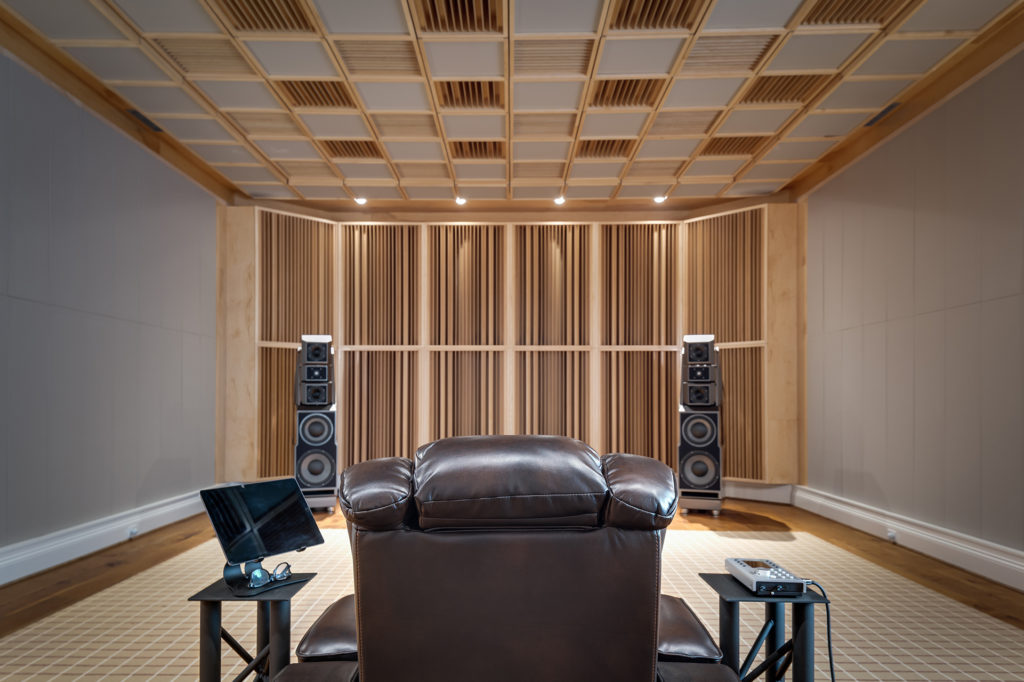
There is no such thing as an ideal speaker listening positions. There are simply too many variables that must be considered when choosing any ideal speaker listening positions .The ideal listening positions will depend on many variables. The first one will be the usage of the room. Let’s take a two channel set up. We have left and right channels along with the listening position. The speakers are the same distance apart as the listening position is from the left and right channelsWe have the three apexes of an equilateral triangle. The question then arises how do we place this equilateral triangle within our room that has a certain ratio of width, height, and length. We must position our triangle equal distance from both side walls. We must have the speakers at least 4′ from the front wall. Never place your speakers against any room boundary surface. The rear wall must be at least 5-6′ behind us. These are minimums when it comes to finding the ideal speaker listening positions. The larger our triangle the wider the sound stage. The farther away we are from the room boundary surfaces, the better imaging and soundstage we will have.
When we are trying to locate the ideal speaker listening positions, we must start with a mono recording of male voice. .A mono recording will work better than a stereo recording for finding our ideal speaker listening positions. https://www.musicgateway.com/blog/how-to/mono-vs-stereo. With the same energy type coming out of both speakers, it will be easier to develop a strong central image. We want to create a center image that “sits” between the left and right channels. The center image is a bit magical if you think about it. We have a left and right channel that produces a center image that lies equal distance between the two speakers. To obtain this strong central image, we must make sure that the left and right channel speakers are equal distances from both sidewalls. We must be careful and make sure these distances are within a 1″ of each other. We also must make sure we have two sidewalls. If you have one sidewall and one side that is open, it will be difficult to manage the primary, secondary, and tertiary reflections that are so important to manage properly if we are going to have a strong center image. We must also be a minimum of 4′ from the front wall and 4′ is also a good starting distance for the sidewalls. https://en.wikipedia.org/wiki/Stereophonic_sound
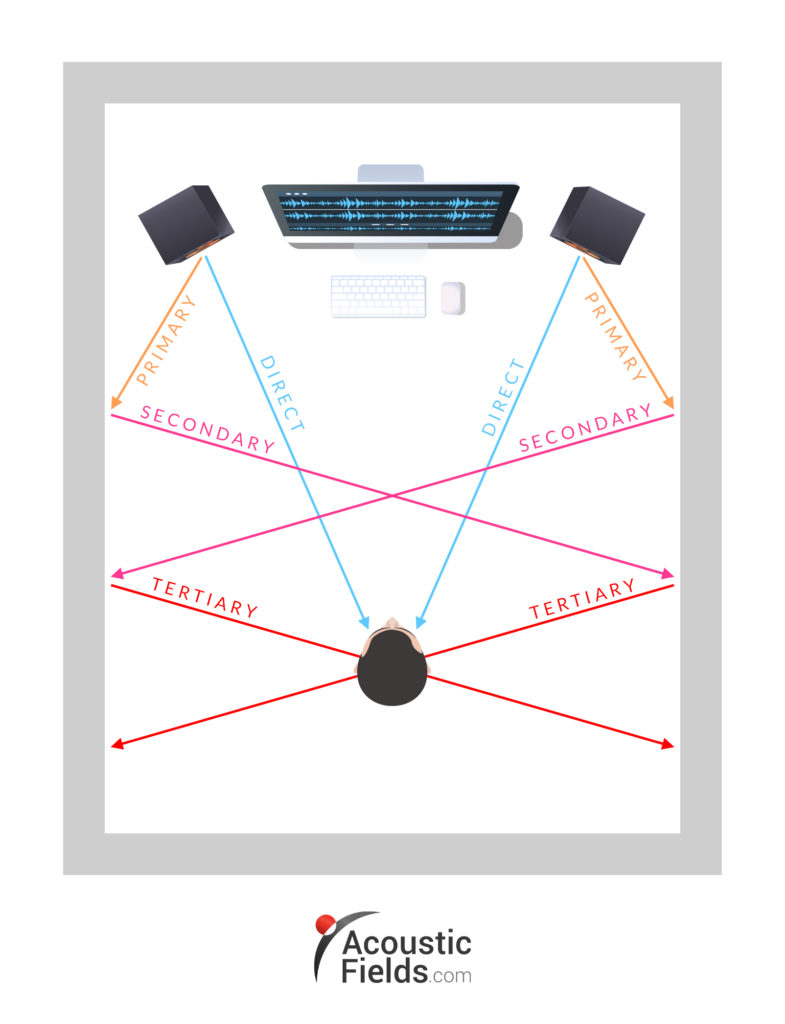
We have three reflections that we must manage in order to achieve our strong central image. We have the primary, secondary, and tertiary reflections. The primary reflection is the reflection that strikes the sidewall first. It is the reflection from the speaker to the nearest sidewall surface area. If you are looking at the right channel speaker, it is the first reflection from the right sidewall. The primary reflection then travels from its primary wall location and then travels across the room and strikes the opposite sidewall This is called the secondary reflection. The secondary reflection emanates from the opposite sidewall and then travels back across the room to its wall of origin. This reflection that is secondary in name then becomes a tertiary reflection. All three of these reflections must be managed by selecting the appropriate distances during set up and also just as important the same sound treatment must exist on both the sidewall surface areas. With sound absorption technologies, it is all about the rate and level of absorption used for music and voice. Music and voice require special rates and levels of absorption to manage the reflections from the room.
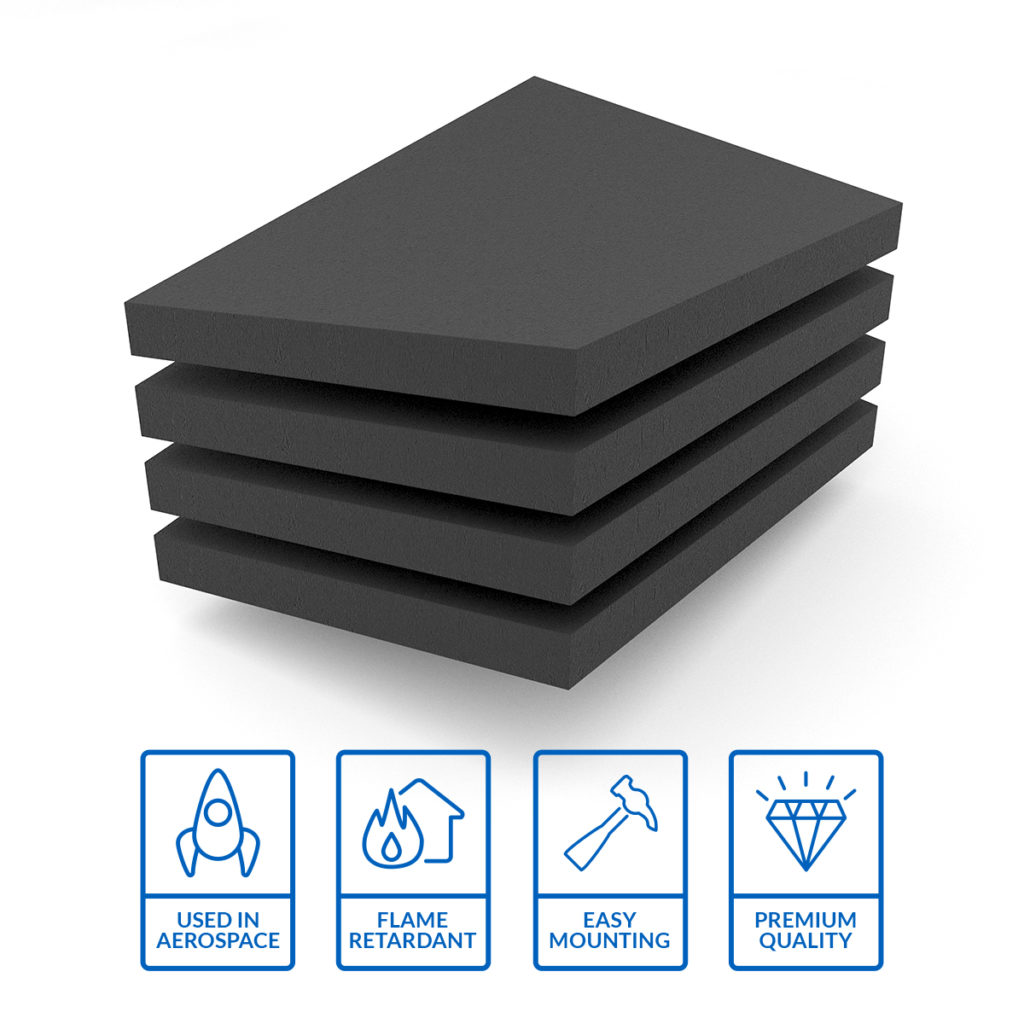
Music and voice are different from noise. The goal with noise is to absorb as much energy as you can in every square foot of treatment surface area available. If you do that with music and voice you end up with a room that is too “dead” as the engineers say. Too dead means that you have over absorbed the critical frequency ranges for music and voice. Those critical ranges are from 125 Hz. – 500 Hz. This frequency range is critical for voice and also music. You must absorb gradually and smoothly through this frequency range when you are treating a room that will be using music and voice. The goal with any absorptive material type is a nice smooth linear absorption curve that will not take too much energy away from our music and voice. We have spent 8 years and over 2 M developing an open celled foam technology that was designed specifically for music and voice. It is simply the finest absorption curve you can use as an engineer or listener in your room.
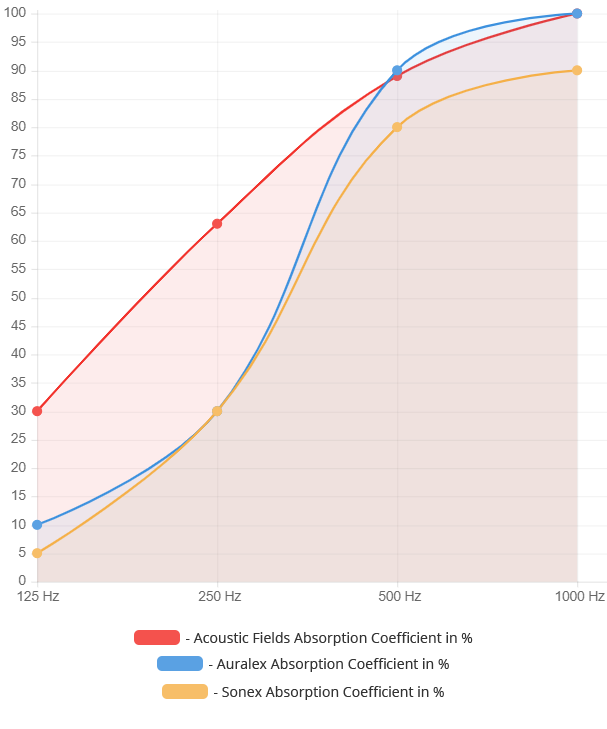
Our open celled foam technology https://www.acousticfields.com/product/acoustic-foam/ comes in 4 thicknesses. We have 1/4″ , 1/2″ , 1″, and 2″. Each thickness produces a lower frequency absorption level. The thicker the foam, the lower the frequency it will start absorbing at. Our 2″ foam is the most popular with a starting frequency of 125 Hz. This is the starting range for most vocals and it moves up through 500 Hz. and then on to 6,300 Hz. It has a gradual smooth curve that neither absorbs too much or not enough. When you use absorption as an energy management tool, you must realize that you are producing an energy transformation. Absorption occurs when we have air movement across a surface area that produces friction. Friction produces heat and this is where we have the energy change from sound to heat. When using any sound absorptive material type, you must take this law of physics into consideration. You also must be careful not to absorb so much energy that you drain the life right out of your music and voice.


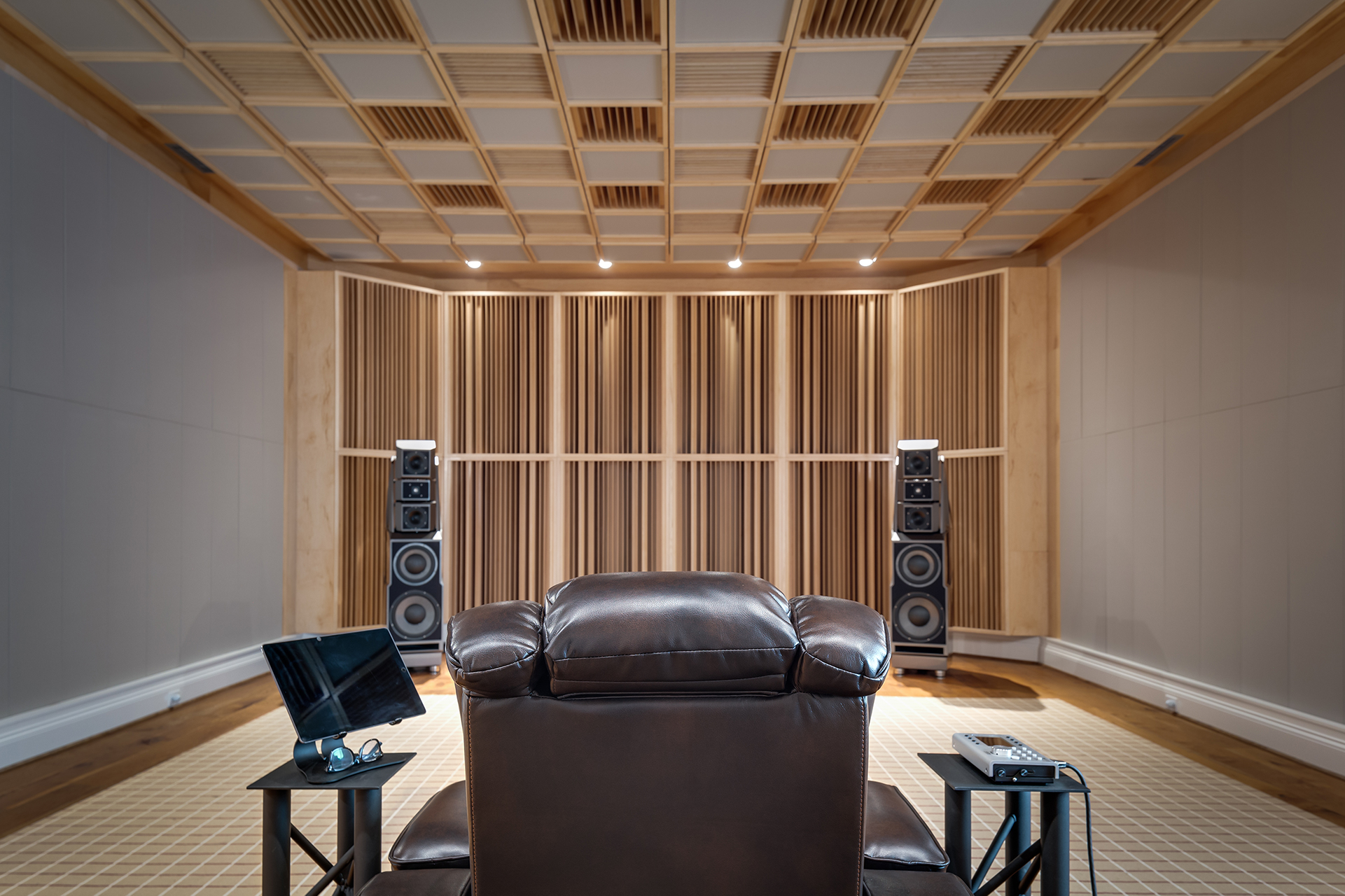





Unfortunately my listening position is against the rear wall. What do you suggest treating the wall with?
Thanks
Use absorption at 4″ – 6″ depth.
You must use absorption. Never place a chair against a wall.